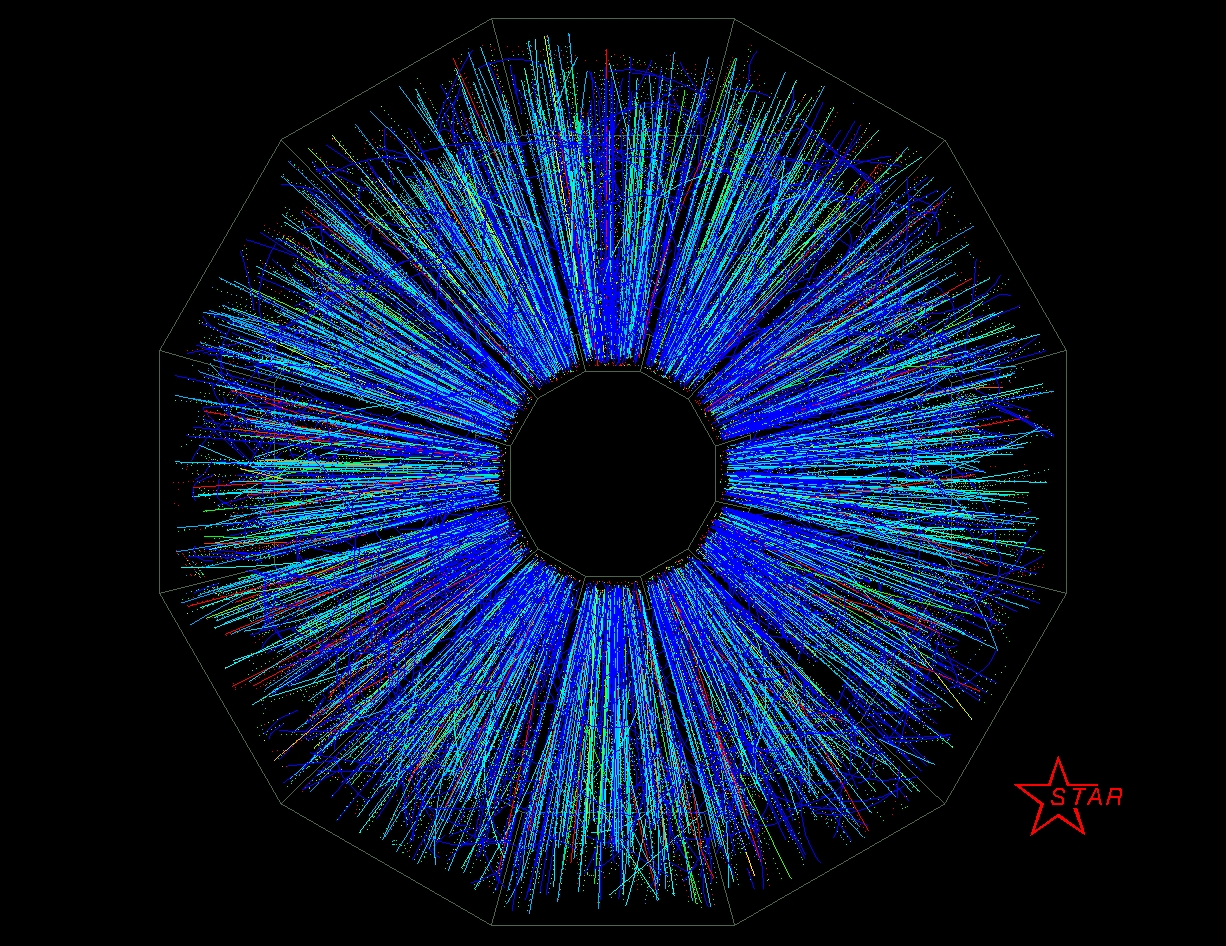Relativistic Heavy Ions Faculty
-
Physics
Helen Caines
Horace D. Taft Professor of Physics, Director of Graduate Studies in Physics+1 (203) 432-5831 -
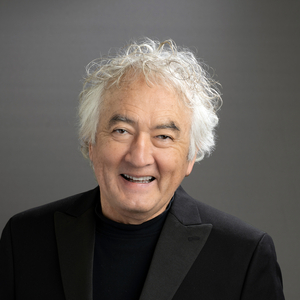
-

-
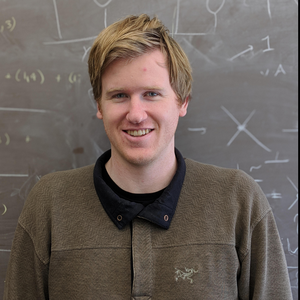
ALICE
Science goal: Understand high energy density quantum chromodynamics (QCD) created in relativistic collisions of heavy nuclei.
WL involvement: Havener is a co-convener for the Jets and Hard Photons Physics Working Group; Harris serves on the ALICE Management Board. Yale has contributed to various aspects of preparations and data-taking, including the construction of GEM readout chambers.
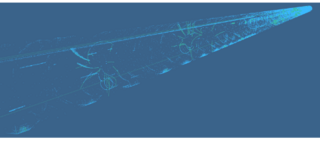
EIC/ePIC
Science goal: Understand high energy density quantum chromodynamics (QCD) created in relativistic collisions of heavy nuclei.
WL involvement: Yale has multiple R&D projects, including particle identification detectors. Testing & characterizing photosensors for the pfRICH detector will be done at Wright Lab. Yale is also involved in software development for PID reconstruction.
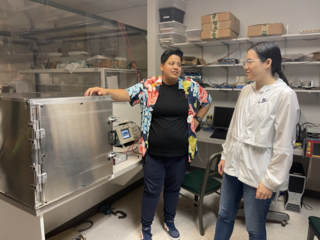
STAR
Science goal: Understand the behavior of nuclear matter under extremes of temperature and density.
WL involvement: Yale plays a critical role in preparations and data-taking, including trigger coordination, shift leadership, on-call detector expertise, and a diverse range of analyses. Caines was co-spokesperson of STAR from 2017-2023
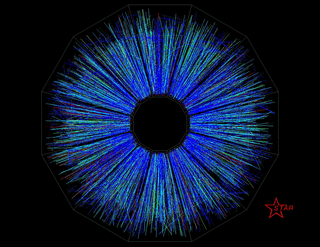
Collider Experiments and Jet Substructure
Ian Moult has been developing new techniques in quantum field theory to improve our understanding of real world collider experiments, with applications in particle and nuclear physics. He has played a leading role in the development of jet substructure, which takes advantage of subtle patterns in the structure of energy flow in collisions at the LHC to maximize the discovery potential for new physics and better understand the theory of the strong interaction.
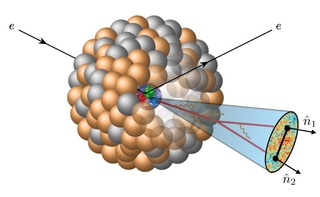
Relativistic Heavy Ions News
-
Cantway invited by CERN to support ALICE detector operations and present thesis work
Wright Lab grad student Sierra Cantway was invited to spend three weeks at CERN to support detector operations and present thesis work.
-
Tamis publishes results on the evolution of jets through time
Graduate student Andrew Tamis is pioneering the characterization of the evolution of jets through time to better understand the strong force.
-
Undergraduates represent Yale Physics and win awards at SPSCon 2025
Six Yale Physics undergraduates attended the 2025 Physics and Astronomy Congress (SPSCon 2025) in Denver. The theme was Σupporting Our Πhase Σhifts.
